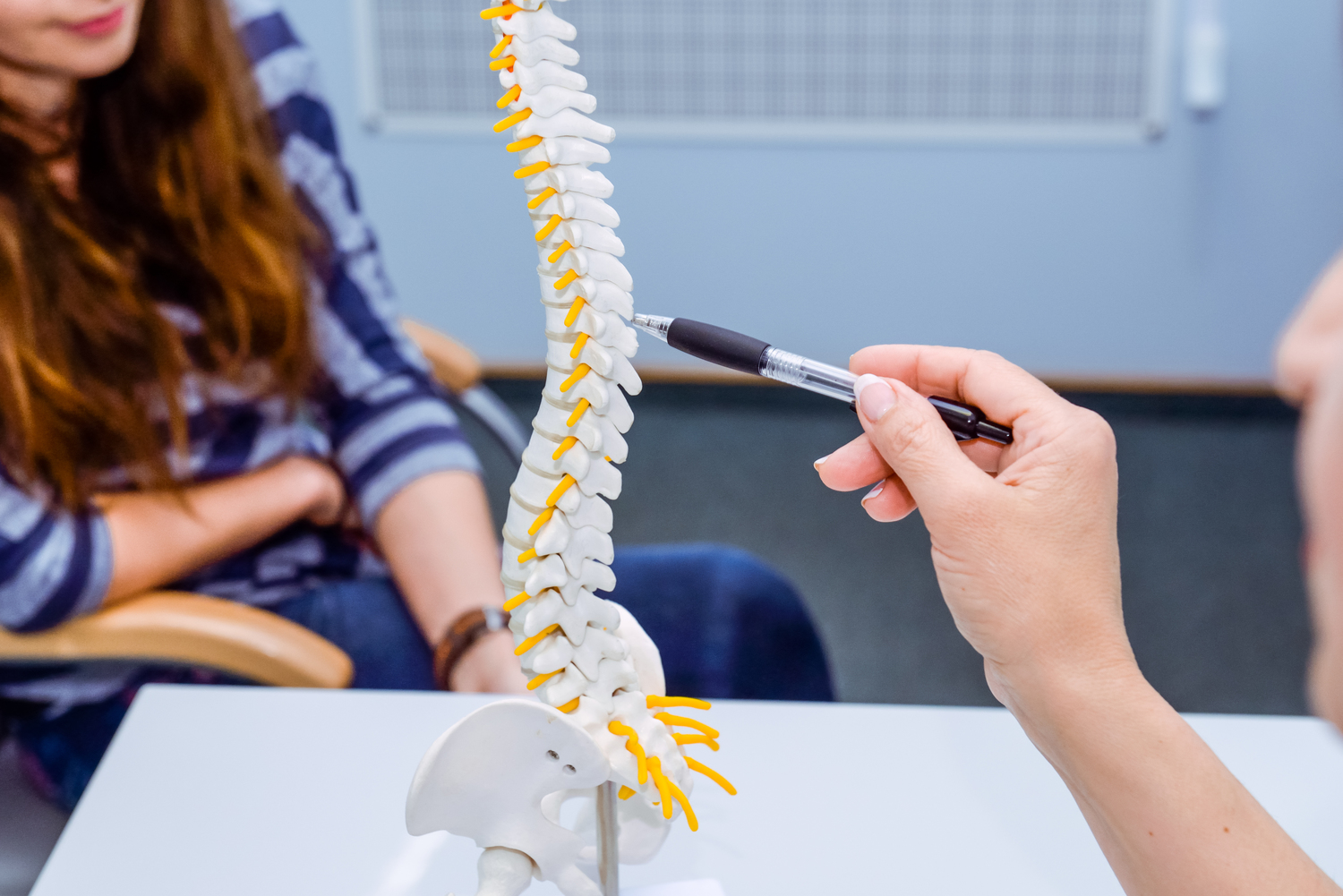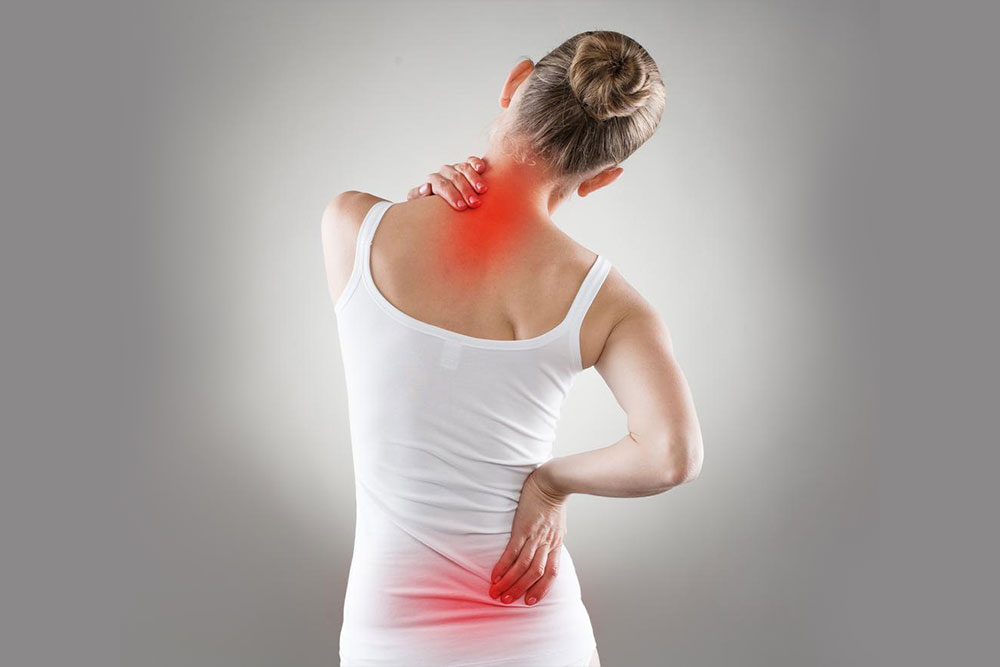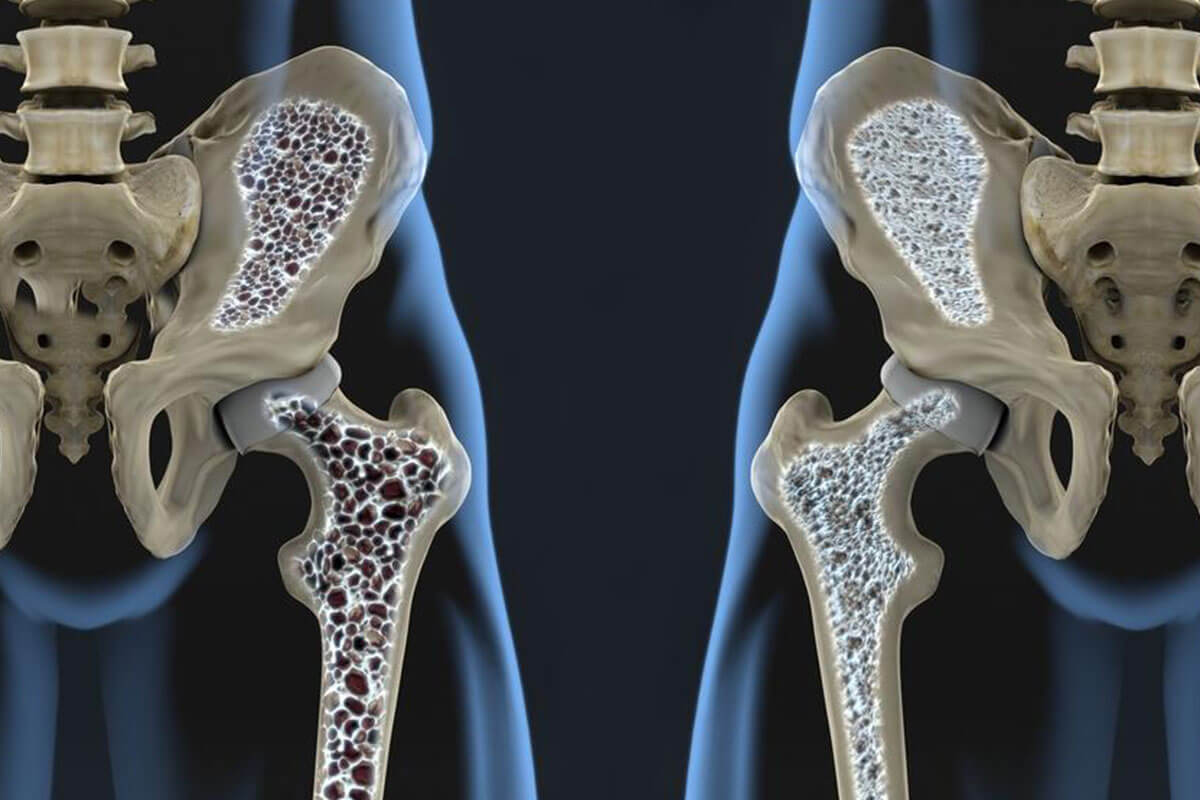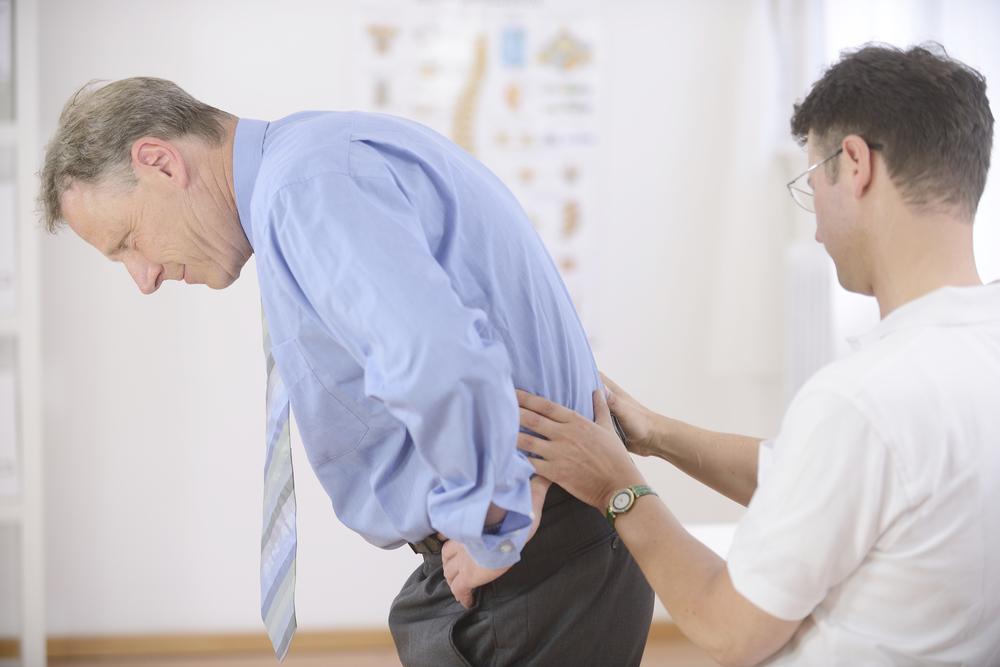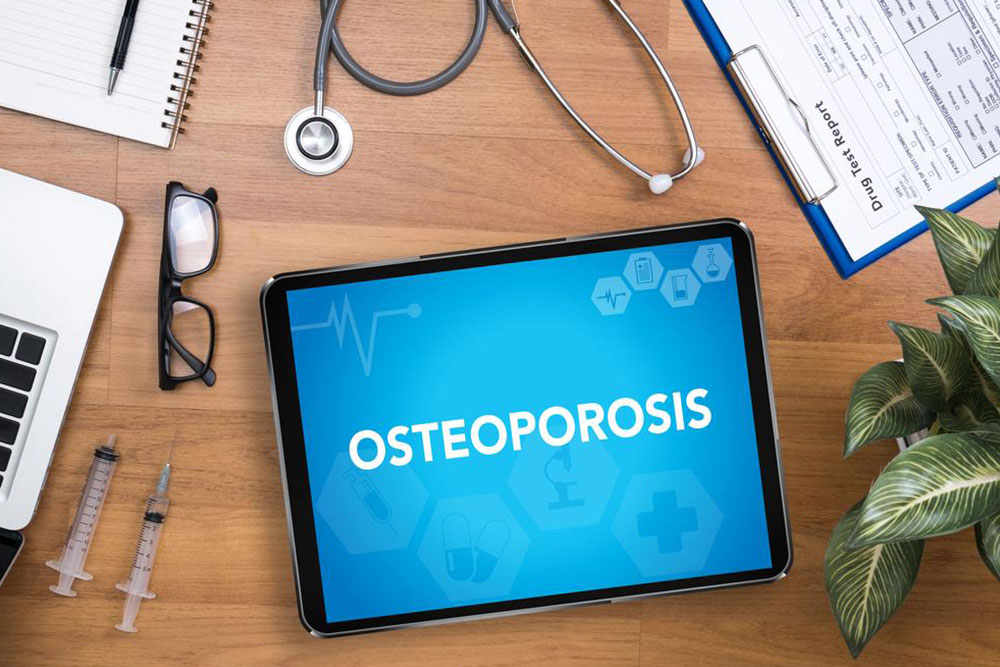Understanding Osteoporosis: Causes, Risks, and Prevention
Osteoporosis causes bones to become fragile and prone to fractures, especially affecting older adults. It results from age-related decline and lifestyle factors. Prevention includes proper nutrition, medication, and fall prevention strategies. Despite its seriousness, osteoporosis is manageable with appropriate care and lifestyle changes, significantly reducing the risk of fractures and improving quality of life.
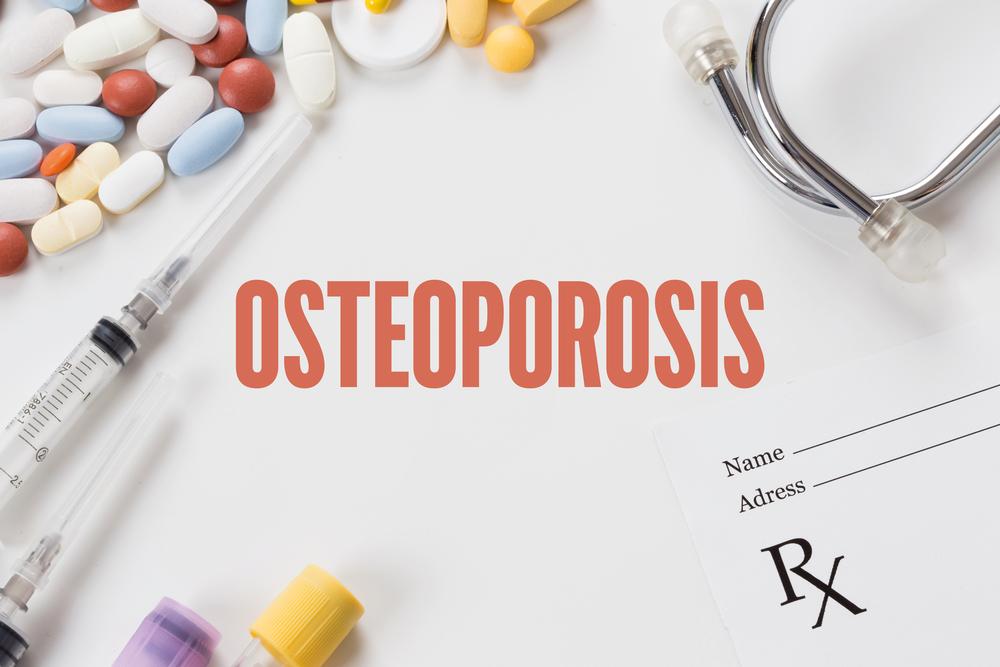
Understanding Osteoporosis: Causes, Risks, and Prevention
Osteoporosis is a condition characterized by fragile, porous bones that are prone to fractures. The term means "porous bones" and results from a mix of lifestyle factors, like diet and physical activity, and inherent factors such as age, gender, and ethnicity.
Bones undergo continuous renewal, where old tissue is replaced by new. However, with aging and other influences, this process slows, leading to thinning bones that increase injury risk.
In severe cases, minor activities like bending or coughing can cause fractures. Hip fractures are among the most serious consequences.
Global and National Prevalence
Over 200 million individuals worldwide are affected by osteoporosis, making it more widespread than heart disease, stroke, or cancer.
In the U.S., around 44 million people suffer from low bone density or osteoporosis. Up to half of women and about 7.5% of men over age 50 are impacted.
The National Institutes of Health regards osteoporosis as a major public health concern.
It causes approximately 1.5 million fractures annually, with a significant portion involving women over 50 and men over 60. The disease contributes to significant disability and mortality, largely through major fractures like hip breaks. Many who experience such fractures do not regain full mobility, and about 20% die within a year. Nonetheless, with proper management—including medication adherence, fall prevention, nutritious diet, and low-impact activities—people with osteoporosis can live healthy lives similar to those without the condition.
Note:
The information shared regarding symptoms, treatments, and health risks is for educational purposes only. It should not replace professional medical advice. Always consult qualified healthcare providers for diagnosis and treatment options.

